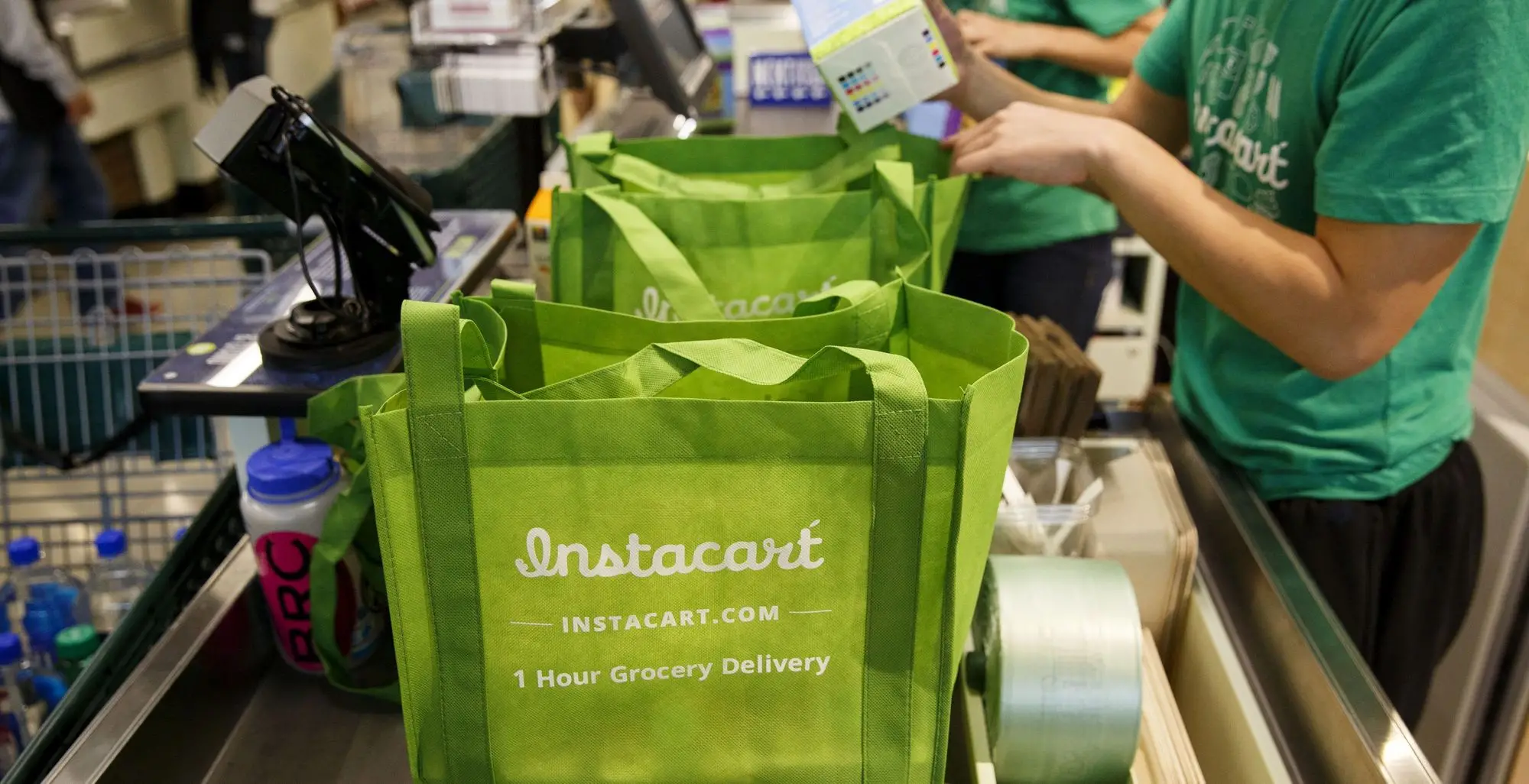Macro
$100 Buys Less Groceries: 50% Price Jump Since 2019
Grocery prices surge over 50% since 2019, challenging consumer budgets despite slowdown in food inflation rate.
By Athena Xu
ᐧ

Key Takeaway
- Grocery prices rose 1% in February year-over-year, a sharp slowdown from the 10.2% increase in February 2023 compared to the previous year.
- Food items have seen price increases of over 50% since 2019 due to higher costs for ingredients, transportation, and labor.
- Consumers are finding creative ways to cope with food inflation, including seeking deals and changing shopping habits.
Persistent Food Inflation
Despite a slowdown in the pace of food inflation, grocery prices remain significantly higher than pre-pandemic levels, challenging consumers' purchasing power. In February, grocery prices were up 1% year-over-year, a sharp decline from the 10.2% increase observed in February 2023 compared to the previous year. However, the cumulative effect since 2019 has seen prices for hundreds of grocery items increase by more than 50%. This surge is attributed to food companies raising prices to offset their rising costs for ingredients, transportation, and labor. The phenomenon of "shrinkflation," where product sizes decrease but prices do not, has drawn criticism from U.S. lawmakers and the Biden administration.
Consumer Adaptation and Industry Response
In response to record food inflation, consumers have adopted creative strategies to manage their grocery bills, with some like Sharon Faelten managing to keep expenses at pre-pandemic levels through diligent shopping. Meanwhile, food companies are beginning to offer more deals and reduce prices on certain goods as a way to entice inflation-weary consumers back. Despite these efforts, overall U.S. food sales by unit have declined by 2% year-over-year as of October 7, reflecting a cautious consumer approach to spending on groceries.
Promotions Amid High Prices
The food industry is witnessing a return to promotional activities, with the portion of food sold on promotion reaching levels not seen since 2019. However, consumers still face sticker shock, paying significantly more than they did pre-pandemic for both groceries and restaurant meals. Notable promotions, such as Olive Garden's never-ending pasta bowl, have made a comeback, yet at higher prices than before. This strategy reflects an attempt by food companies to stimulate demand without fully reverting to pre-inflation pricing.
Shrinkflation and Spending Trends
Recent years have seen notable instances of "shrinkflation," with consumers expressing outrage over perceived reductions in product sizes without corresponding price decreases. The case of Oreo cookies, where fans have raised concerns over the creme filling, exemplifies the broader discontent among consumers regarding how food companies are managing costs and product sizes. Amid these challenges, food spending as a percentage of disposable personal income has reached levels not seen since 1991, underscoring the significant impact of food inflation on household budgets.
Quotes from Street
- Sharon Faelten, a consumer:
"Chicken is always on sale somewhere."
Finance GPT
beta







